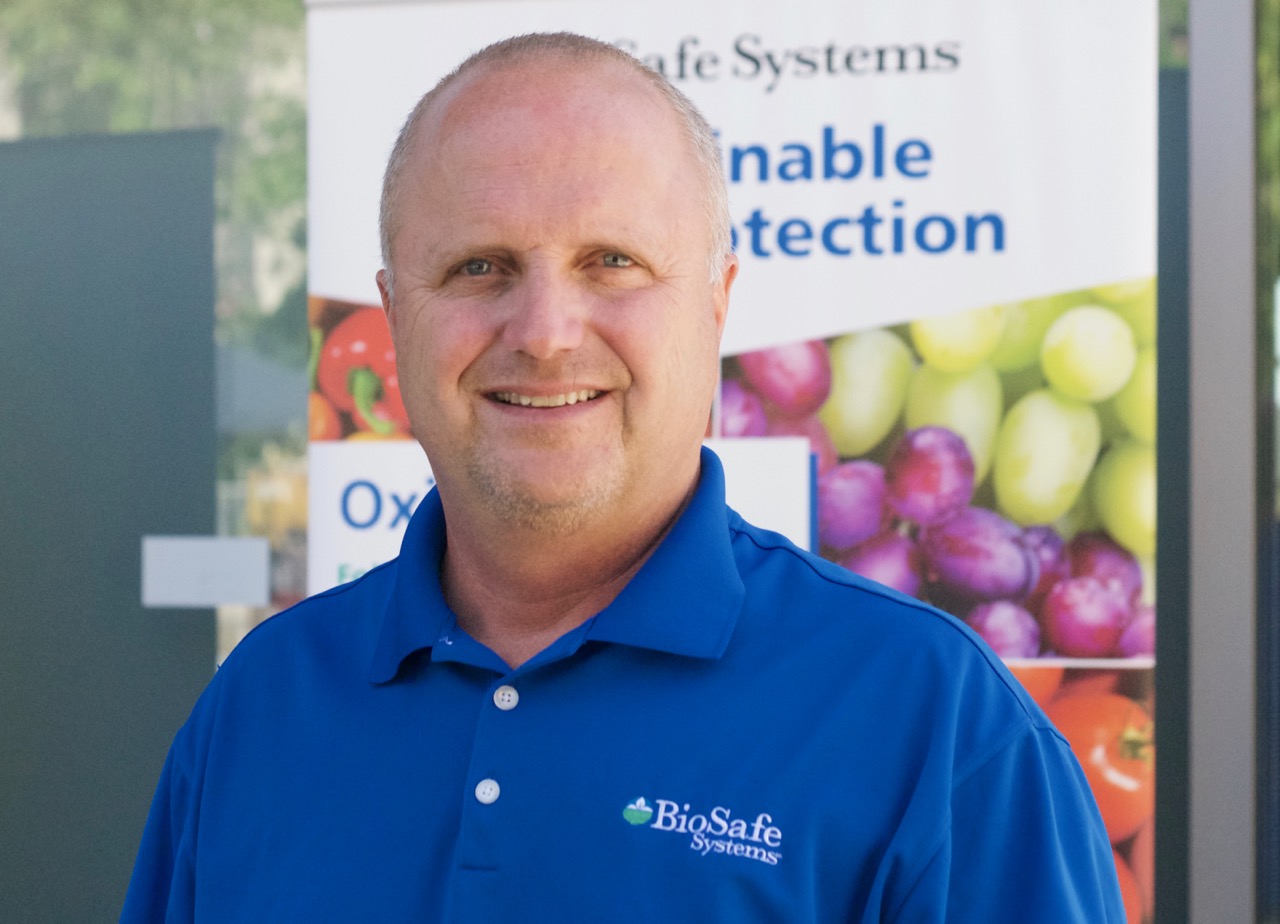Tomato Spotted Wilt Virus Fights Back
New Strain Creates Challenges
By Mikenzi Meyers, Associate Editor
A new strain of the Tomato Spotted Wilt Virus has created a challenge among vegetable growers, making integrated pest management, or IPM, increasingly critical. Bob Gilbertson, plant pathologist at UC Davis, has insight and advice as to how farmers should tackle this new strain.
“The first thing is to know what’s out in your field. And there’s a good diagnostic test for curly top, spotted wilt, alfalfa mosaic, and other viruses,” Gilbertson said.
After the virus is confirmed, he encourages growers to explore their options of treatment. Prior to the new spotted wilt virus strain, growers could turn to the SW-5 resistance gene to cure their field. Unfortunately, Gilbertson explained, the new strain actually breaks that resistance, which is where IPM becomes even more important.
In the future, Gilbertson hopes to find additional resistance genes to break the new strain. Until that time comes, he wants to use good IPM to manage it.
Gilbertson further added, “Increased sanitation, removing overwintering hosts, weeds, and bridge crops like lettuce, and then timing the applications of thrips management better, to slow down the appearance of adult thrips that carry the virus,” are all examples of good IPM.















